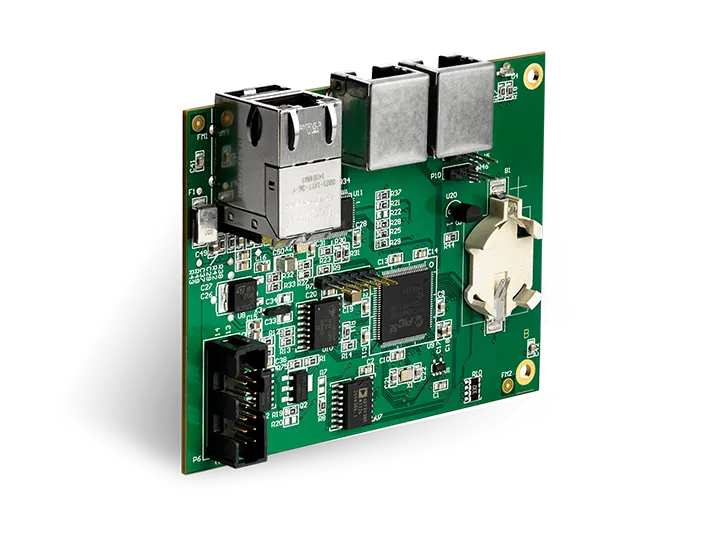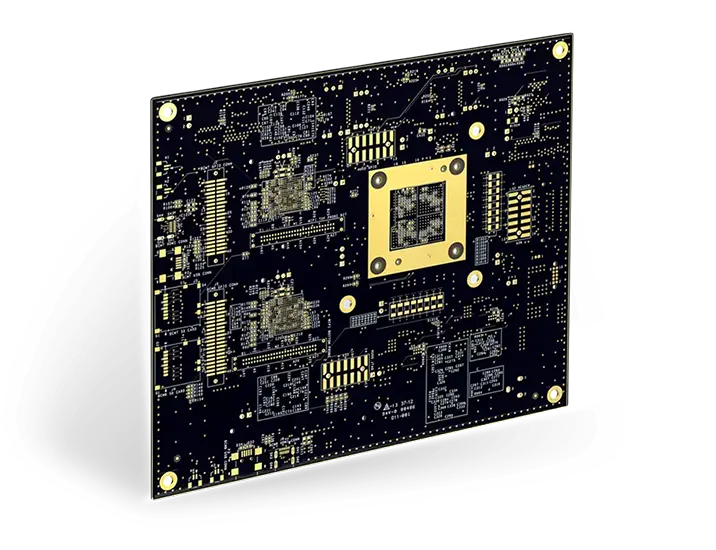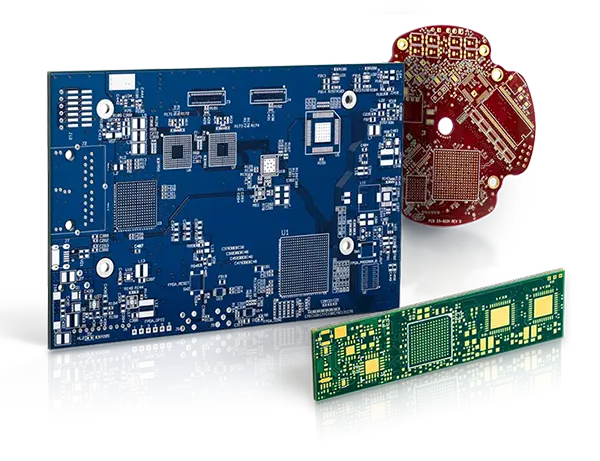Webinar: How DFM and DFA Can Save Your RF Prototypes
REGISTER NOW
June 26th, 2025 | 10 AM PT
COST: FREE
-
15
Days
-
7
Hours
-
22
Minutes
-
30
Seconds
Vandana CC
Engineering Project Coordinator at Sierra Circuits
This webinar will be hosted on Zoom.
Following this event, you will receive:
-
Slides
-
Recording
Webinar abstract:
Designing an RF prototype is no walk in the park. Even the most brilliant circuit ideas can fall flat if the board isn’t optimized for manufacturing and assembly. That’s where design for manufacturing (DFM) and design for assembly (DFA) come into play.
Whether you’re building an RF module for 5G, IoT, radar, or satellite communication, your design decisions must align with DFM and DFA guidelines.
In this webinar, you’ll learn the essential DFM and DFA requirements for your RF prototypes. Knowledge of this can ensure your designs are ready for production.
Essential guidelines on DFM and DFA for RF prototypes
DFM begins with material selection. Select low-loss materials with a stable dielectric constant (Dk) and low dissipation factor (Df<0.005) to overcome signal integrity issues. Consider copper plating, solder mask, and surface finish while finalizing board thickness. Collaborate with your contract manufacturer to define thickness tolerances (typically ±10% of the target value).
RF boards are sensitive to deviations in trace spacings. Maintain sufficient spacing between traces and copper features to avoid slivers. Ensure trace width, spacing, and dielectric height match your target impedance. Have at least 7 mil trace-to-board edge spacing for inner layers and 10 mil for outer layers.
Register now!
Higher aspect ratios might hinder plating, causing voids. Maintain 10:1 for through-hole and 0.75:1 for microvias. When determining drill-to-copper clearance, consider the drilled hole edge.
To address breakout and tangency, provide 2 mil annular rings for laser-drilled vias, 3 mil for mechanically drilled vias, and 5 mil for component holes.
Antenna placement plays a key role in radio frequency circuits. Keep antennas away from power or high-speed digital circuits. Do not place ground planes beneath antenna regions. For onboard antennas, follow the clearance zone guidelines recommended by the vendor.
Surface finish matters just as much as stack-up and layout. ENIG is a good all-rounder for most RF boards, offering a flat surface and good solderability. For even better signal integrity, especially at high GHz frequencies, ENEPIG or immersion silver may offer lower insertion loss.
Don’t overlook assembly constraints in your RF layout. Insufficient component-to-component clearances cause part overlapping and solder bridges. Provide 6 mil clearance for components smaller than 0603 packages and 39 mil for sensitive devices like BGA.
Before sending your layout for fabrication, double-check your footprints. Verify if the footprints match the dimensions provided in the datasheet. Indicate the polarity and pin 1 marking. Check if pad sizes and shapes align with the component’s lead.
Inappropriate clearance between the solder mask edge and surface features leads to solder bridges. Ensure the mask clearances are 2 mil larger than the copper pads.
Webinar agenda:
- Breaking down DFM and DFA
- DFM guidelines for radio frequency boards
- o PCB materials
- o Controlled impedance traces
- o Via design
- o Antenna position and orientation
- o Grounding and shielding: Dos’ and don’ts
- o Surface finish
- Common design for assembly mistakes
- DFA guidelines for an efficient RF PCBA
- o How to ensure error-free assembly files
- o Component clearances
- o Thermal management
- o Solder mask and silkscreen

About Vandana CC
With a strong foundation in physics, Vandana CC brings a deep technical understanding to her work in PCB design and electronics manufacturing. She holds a Master’s in Physics and has experience teaching before transitioning into research at the Indian Institute of Science.
At Sierra Circuits, Vandana has played a key role in R&D projects, contributing to the development of engineering tools and calculators, technical content creation, and customer demos. Currently, she focuses on project coordination, ensuring seamless collaboration both within the team and with external partners. Her expertise bridges the gap between technical innovation and practical application, making her an integral part of Sierra Circuits' engineering efforts.



